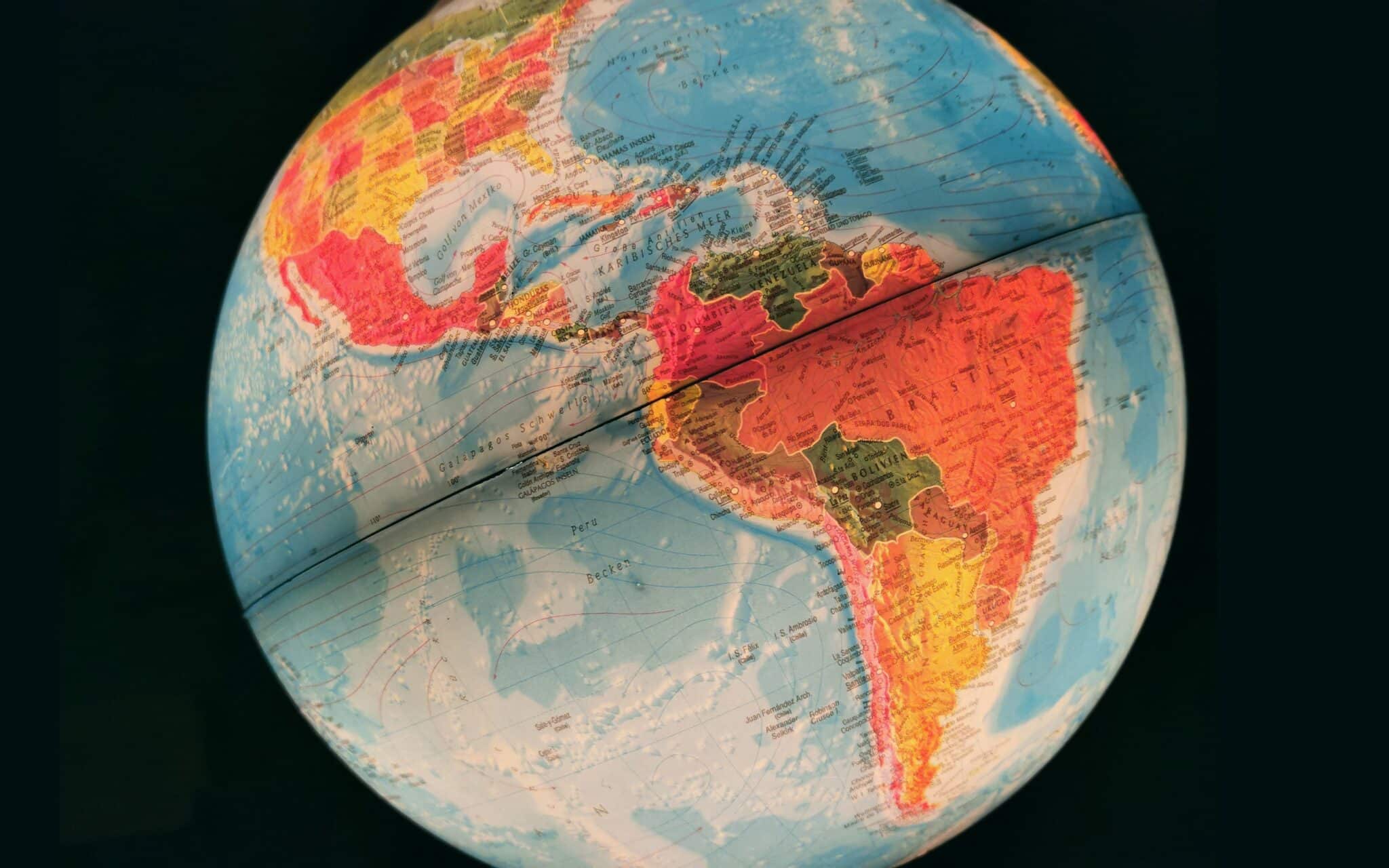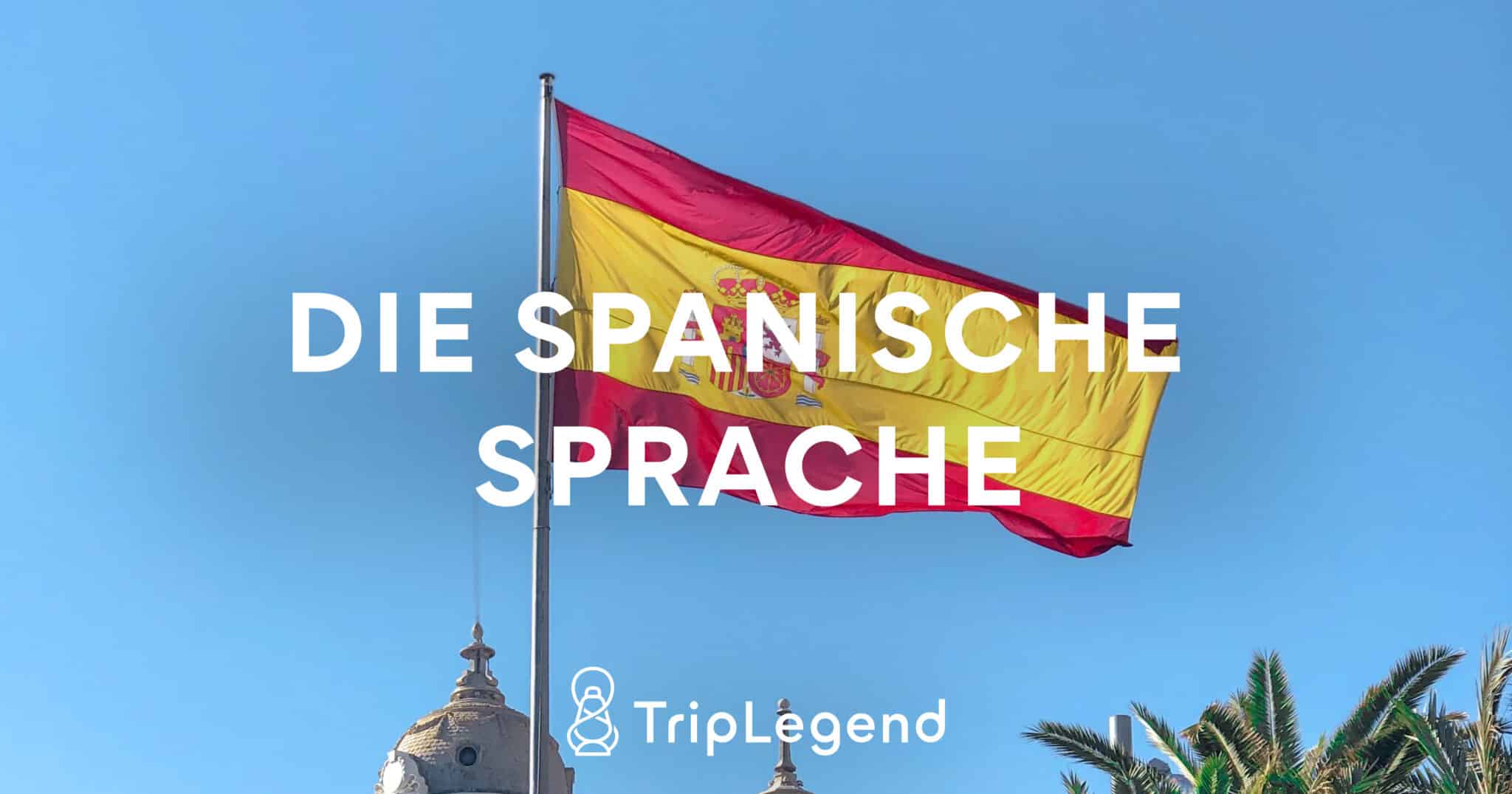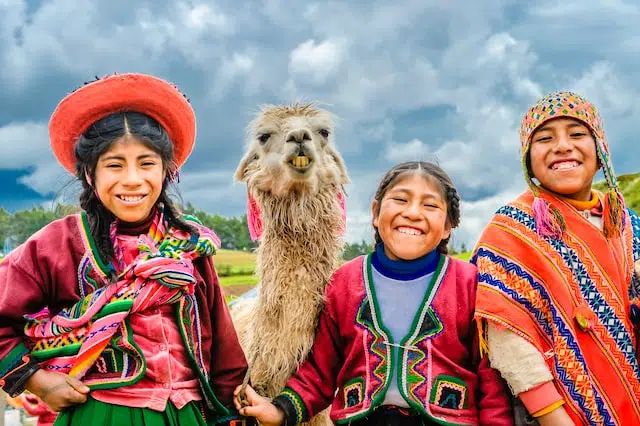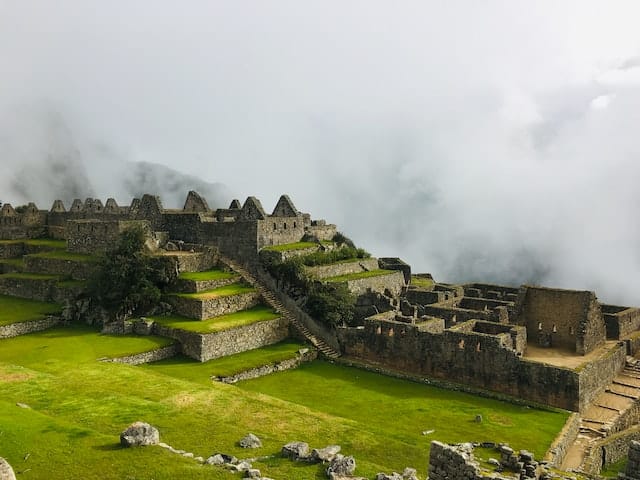Spanish is spoken by around 440 million people as a native language and, including second-language speakers, by around 550 million people. It is the official language in 20 countries, but is also widely spoken in other countries such as Morocco, the USA, Equatorial Guinea and the Philippines. But not all Spanish is the same. In this article you will find the definition of Latin America, how Spanish got there and the linguistic use and spread of the Spanish language. Finally, there is a small guide for your next vacation.
Definition of Latin America and colonization
North America, Central America, South America and Latin America. Many terms that cause confusion. But what exactly is the difference between them and how are they differentiated? The twin continent of America is divided into North America and South America, with the continental border drawn between Panama and Colombia. Central America and the Caribbean islands are geographically part of North America. The name Latin America is not based on geography, but on language. This is because the colonization of 1492 by Christopher Columbus led to the spread of Spanish to the American continent in particular. The term Latin America covers all Spanish- and Portuguese-speaking countries in order to distinguish them from those countries where English, French and Dutch are spoken.

Linguistic differences within Spain
Within Spain, there are other regional official languages in addition to Castilian (Castellano), i.e. "High Spanish". The most important of these include Galician, which is spoken in the north-west, Basque in the north on the French border and Catalan in Catalonia and along the coast as far as Alicante and the Balearic Islands.
But it is not only within Spain that there is linguistic diversity; differences are particularly noticeable between Spain and Latin America.
Linguistic differences between Spain and Latin America
The biggest linguistic difference is probably the use of the second person plural. In Latin America, the form vosotros (ihr) is not used and replaced by the polite form ustedes (you). So if you say "you are likeable" in Spain, this becomes "you are likeable" by default in Latin America, regardless of the familiarity of the interlocutor.
Another difference in grammar is the use of "voseo". This is particularly common in Argentina, Uruguay and Paraguay, but also in Nicaragua and Costa Rica. The personal pronoun tú or ti (you or yourself) in the second person singular by the pronoun vos replaced. The conjugation of verbs also differs and changes regionally.
In addition to grammatical differences, terms for fruit and vegetables in particular vary greatly within Spanish-speaking countries. The word for which there are probably the most different words is "beans". In Spain as judías is already known in the Canary Islands alubias. In Mexico, Central America and Peru frijoles, in Venezuela "caraotas", in Colombia habichuelas, in Ecuador fréjol and in Argentina, Chile and Paraguay they say porotos.

Other everyday terms such as the car, which in Spain "coche" means in Mexico, Central America, Ecuador, Colombia, Peru, Bolivia, Chile, Paraguay and Venezuela carro or car and in Argentina máquina.
However, it is not only different terms, but also different meanings and usages that distinguish the linguistic expressions from one another depending on the region. Special care should be taken with the word coger to enjoy. In Spain, the verb is used for all kinds of situations as "to take, seize and catch". Whereas in some Latin American countries, especially Mexico, Argentina, Uruguay and Paraguay, it is used to refer to the practice of sexual intercourse. It is therefore advisable to use coger the verb tomar or agarrar to avoid misunderstandings.
Another example is the adjectives "pretty" or "beautiful", which are used in most Latin American countries with bonito/-a or lindo/-a be translated. In Spain, the word guapo/-a which means "aggressive" or "wild" in Cuba and the Dominican Republic. From a pretty girl (una chica guapa) becomes an angry girl here.
Spanish Guide
Now that you've learned the differences in the Spanish language, here's an overview of useful words and phrases to get you through your next vacation. First of all, a few tips on pronunciation:
If an accent is on a vowel, this is emphasized, e.g. Adiós the emphasis on the "o".
The letter "ñ" is pronounced like an "nj", España becomes "Espanja", similar to the Italian word lasagne.
If two "ll "s are written, this is pronounced as a German "j", e.g. botella (bottle) one speaks "boteja"
The Spanish "j", on the other hand, becomes a "ch" sound, e.g. tarjeta (map) is pronounced as "tarcheta".

Good morning - Buenos días
Hello - Buenas tardes (used from afternoon until sunset)
Good evening/good night - Buenas noches
Hello - Hola
Bye - Adiós
See you later - Hasta luego
Please - Por favor
Thank you - Gracias
Yes - Sí
No - No
Sorry - Perdón/Disculpe
How are you? - ¿Cómo estás?
I'm fine, and you? - Estoy bien, ¿y tú?
I don't speak Spanish very well. - No hablo español muy bien.
I don't understand. - No entiendo.
How much does [the ticket] cost? ¿Cuánto cuesta [el billete]?
Where is [the toilet]? - ¿Dónde está [el baño]?
Where can I buy [food]? - ¿Dónde puedo comprar [comida]?
I am [hungry/thirsty]. - Tengo [hambre/sed].
I am looking for [a restaurant]. - Busco [un restaurante].
I need [help]. - Necesito [ayuda].
I would like/want [the menu]. Quiero [el menú/la carta].
The bill, please. - La cuenta por favor.
Cash or by card. - En efectivo o con tarjeta.
Do you speak English? - ¿Habla inglés?
As you can see, Spanish is not the same everywhere. The melodic language that we know from rhythmic songs has a few differences. Listen carefully on your next vacation and you may already recognize the first peculiarities. Take a look at our trips to Costa Rica, Colombia, Peru and Argentina and put your knowledge into practice.
For more travel inspiration follow us on Instagram and Pinterest.




